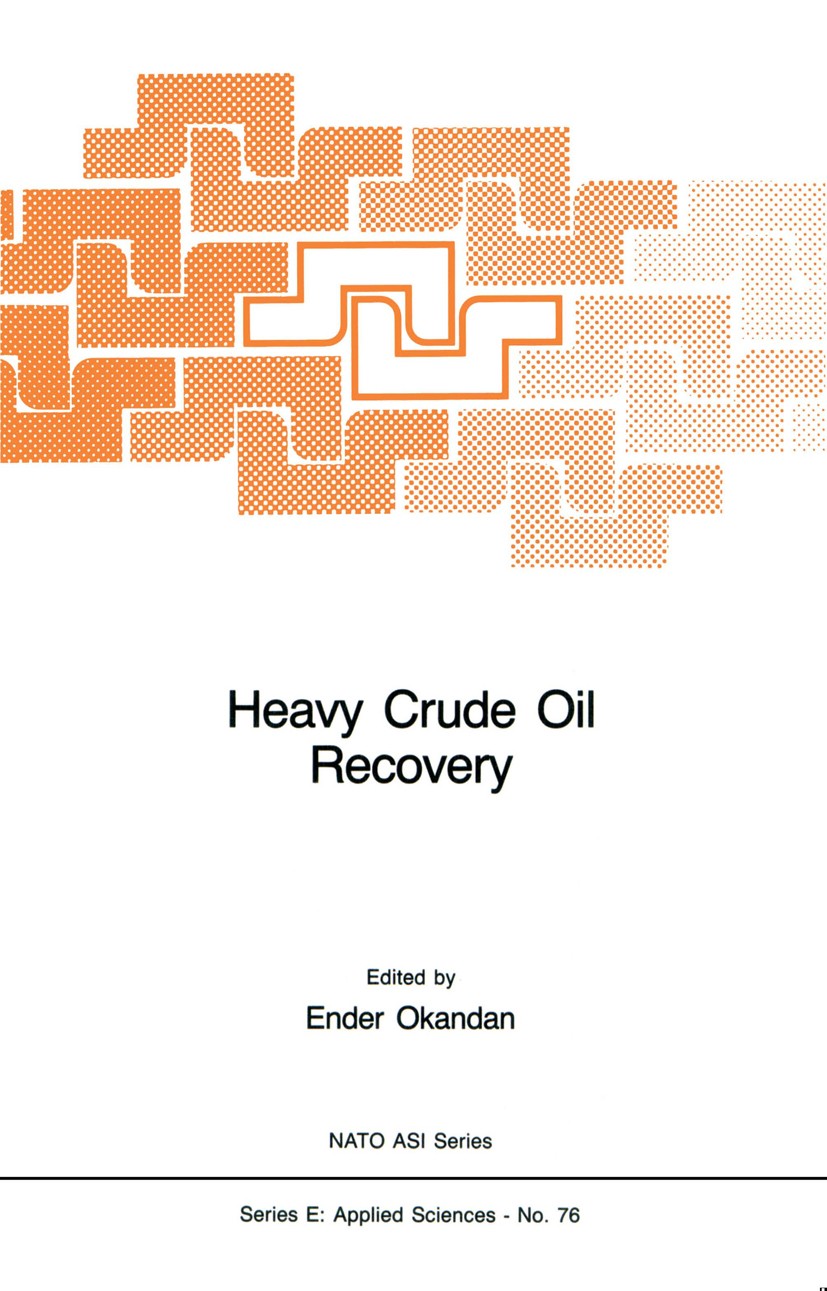| 书目名称 | Heavy Crude Oil Recovery | | 编辑 | Ender Okandan (Associate Professor, Chairman) | | 视频video | http://file.papertrans.cn/426/425076/425076.mp4 | | 丛书名称 | NATO Science Series E: | | 图书封面 |  | | 描述 | Within the last 10 years the world has come to a point where the easily explorable oil deposits have now been found, and it is anticipated that such deposits will be depleted by the beginning of the Twenty-first Century. However, the increasing demand of man kind for energy has caused technologists to look into ways of find ing new sources or to reevaluat:e unconventional sources which, in the past, have not been economical. In this respect, heavy crude and tar sand oils are becoming important in fulfilling the world‘s energy requirements. What are heavy crude and tar sand oils? There is still some confusion as to their definitions, inasmuch as they vary among organizations and countries. In an effort to set agreed meanings, UNITAR, in a meeting in February 1982 in Venezuela, proposed the following definitions (see also Table 1): 1. Heavy crude oil and tar sand oil are petroleum or petroleum like liquids or semi-solids naturally occurring in porous media. The porous media are sands, sandstone, and carbonate rocks. 2. These oils will be characterized by viscosity and density. Viscosity will be used to define heavy crude oil and tar sand oil, and density (oAPI) will be used when v | | 出版日期 | Book 1984 | | 关键词 | carbon dioxide; deposits; design; liquid; measurement; numerical simulation; organization; phase; polymer; po | | 版次 | 1 | | doi | https://doi.org/10.1007/978-94-009-6140-1 | | isbn_softcover | 978-94-009-6142-5 | | isbn_ebook | 978-94-009-6140-1Series ISSN 0168-132X | | issn_series | 0168-132X | | copyright | Martinus Nijhoff Publishers, The Hague 1984 |
The information of publication is updating

|
|
 |Archiver|手机版|小黑屋|
派博传思国际
( 京公网安备110108008328)
GMT+8, 2025-11-15 03:51
|Archiver|手机版|小黑屋|
派博传思国际
( 京公网安备110108008328)
GMT+8, 2025-11-15 03:51


